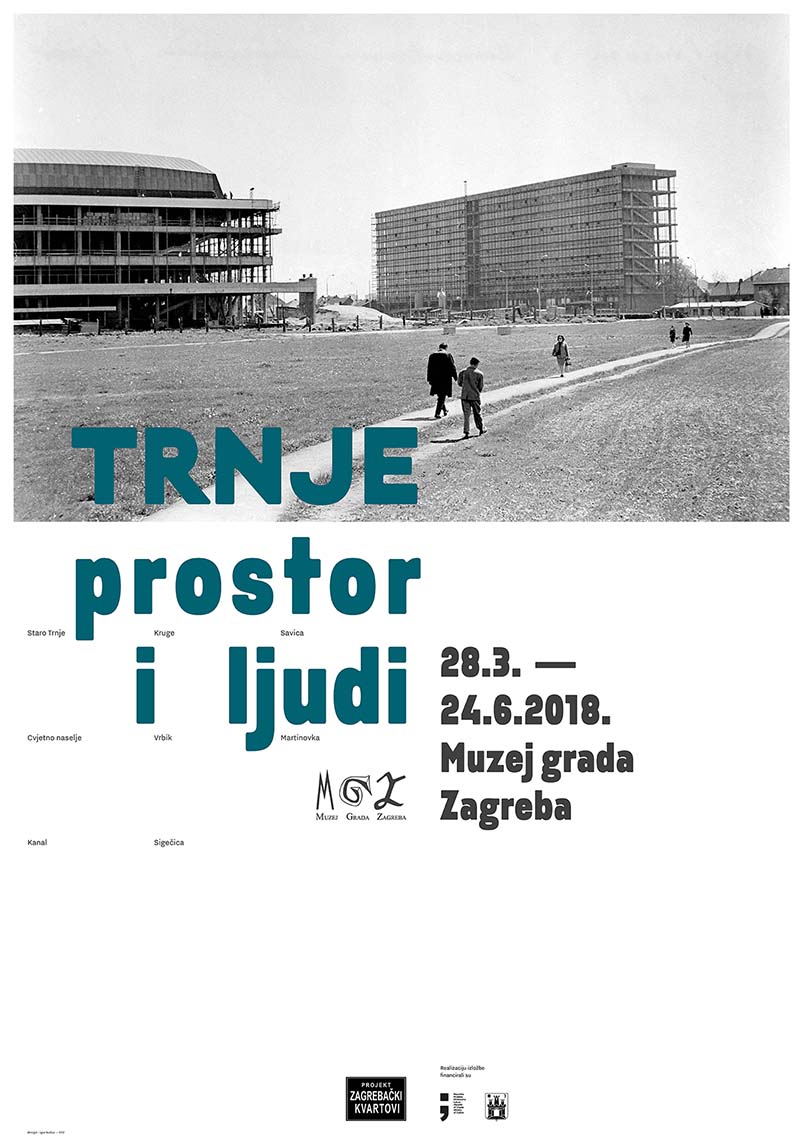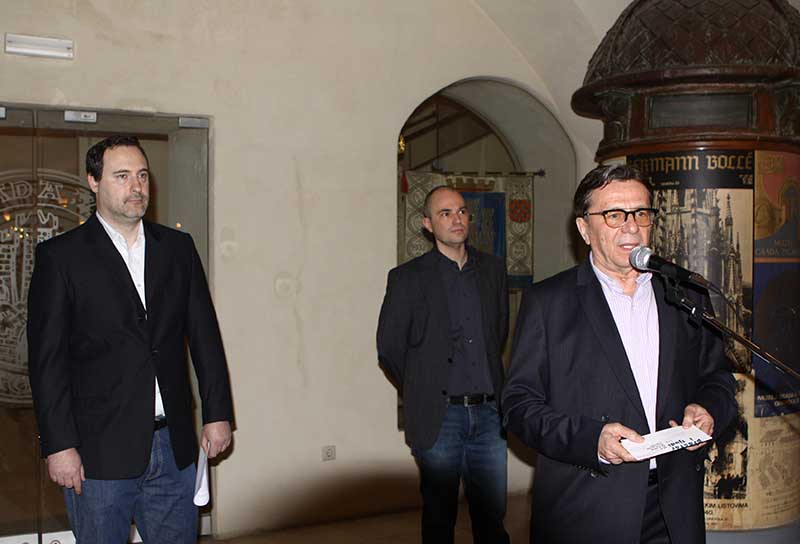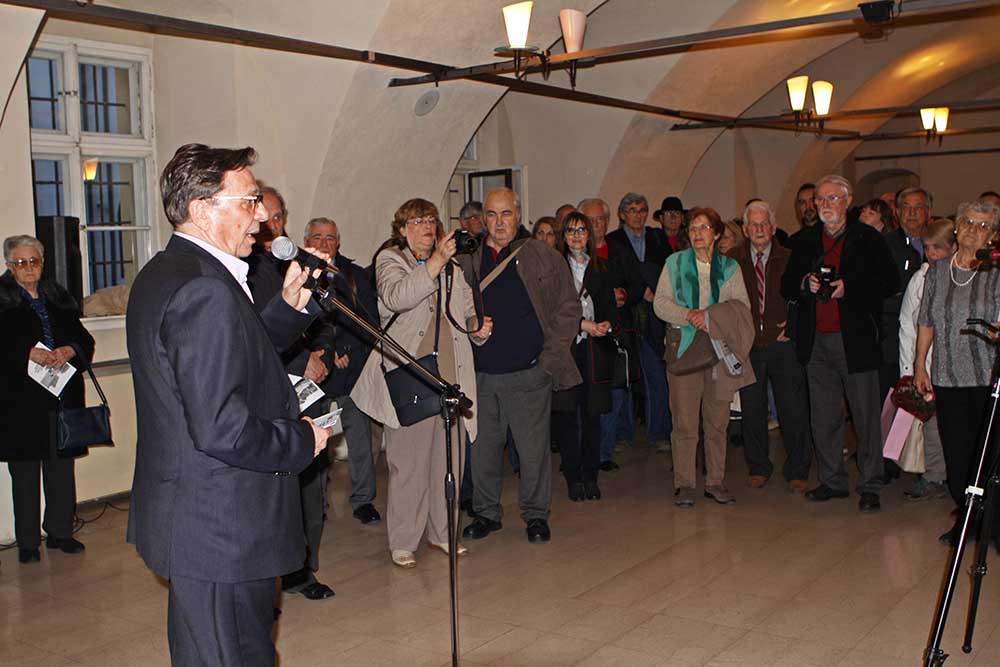Trnje – the area and the people
The Zagreb Neighbourhoods Project
The multiyear interdisciplinary project of Zagreb City Museum started in 2009 with preparations for a study exhibition called Half a Century of Trnsko – the Story of a Generation. The exhibition was preceded by field research, a periodicals search and partially a search of the archives, the assembly of photographs and conversations with inhabitants of the neighbourhood. This proven methodological template was applied to the study exhibitions in the following phases of the project: Zagreb’s Dubrava – from Suburb to City (2012) and Maksimir – History and Neighbourhood Symbols (2014).
The study exhibitions endeavour to present to visitors the neighbourhoods and the inhabitants, combining the view from outside (spatial development, built up space, social life, the economy, everyday life) with personal experience. The interactive approach, in which the memories of individuals and photographs from family albums become important components of the scenario, contributes to opening the Museum up to the citizens and connecting with them. Stories told from the viewpoint of the real-life actors convey to the exhibitions a little bit of the atmosphere of the neighbourhood quotidian and provide a view from inside onto the space, the events and the values.
In the fourth part of the Project we are dealing with the outskirts of Zagreb and their transformation since the second half of the 19th century. Interest is focused on the areas of today’s neighbourhoods of Trešnjevka and Trnje.
The study exhibitions Trešnjevka – the Area and the People (November 2017 – February 2018) and then Trnje – the Area and the People (March – June 2018) are concentrated on the spatial transformations and the changes of the life circumstances in consequence of the gradual integration of impoverished working class quarters and rural settlements into the fabric of the city.
Kristian Strukić
Project creator and leader
Trnje – the area and the people
Formerly only on the outskirts, and at the beginning of the 21st century part of the wider city centre, Trnje is the site of numerous metamorphoses. The exhibition tracks the appearance of the Trnje area on the edges of maps of Zagreb in the 19th century, the life of the village and the development of working-class settlements “on the southern outskirts” between the two world wars, the period of rapidly-paced modernisation after World War II and the gradual integration of Trnje into the fabric of the city.
The process of modernisation, which has unfolded at various tempos and with differing intensities since the second half of the 19th century has been accompanied by constant changes of life circumstances. From the administrative annexation of the area of Trnje to the city of Zagreb in 1850, via the building of the railway line that chopped the city in half, making Trnje into an isolated fringe, and the never accomplished plans to create a new city centre alongside today’s Ulica grada Vukovara during the second half of the 1940s and in the 1950s, the exhibition strives to dive deep into the complex history of the space of today’s city neighbourhood. Town planning and design, architecture, modernisation, social and everyday life are featured in the historical survey in six topics.
We present Trnje as a whole, but also endeavour to make visible the various parts of the area, the historical settlements and spaces with their own (sub) identities: Cvjetno naselje, Vrbik, Martinovka, Staro Trnje, Kruge, Savica, Sigečica and Kanal. In this segment, the seventh topic, we have used the memories of the people and photos from family albums. The history of the neighbourhood, or perhaps neighbourhoods, is told in first person, from the angle of those who really took part, which constitutes a direct link between the exhibition and the space and inhabitants of the neighbourhood
Kristian Strukic and Goran Arčabić
Exhibition concept authors
Pictures from the exhibition
photo Miljenko Gregl, ZCM





